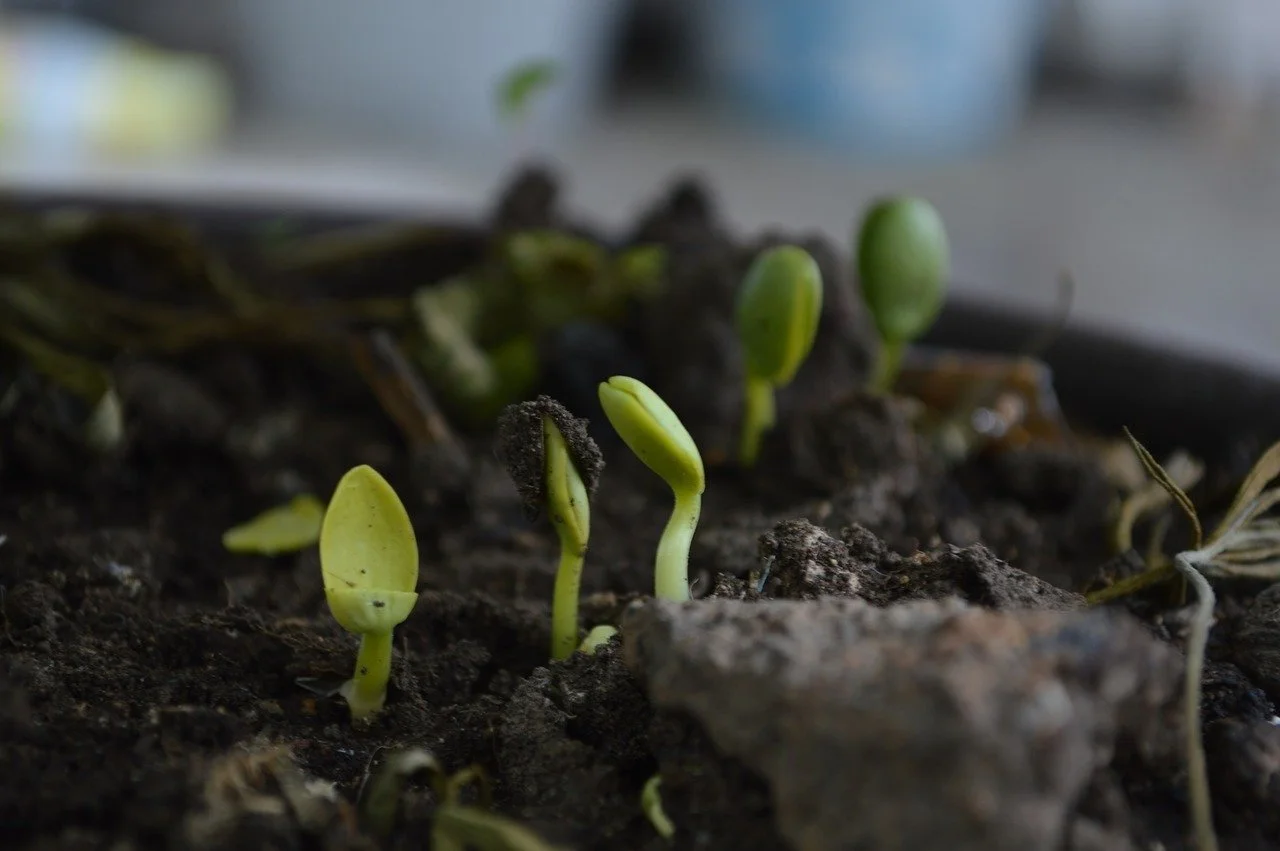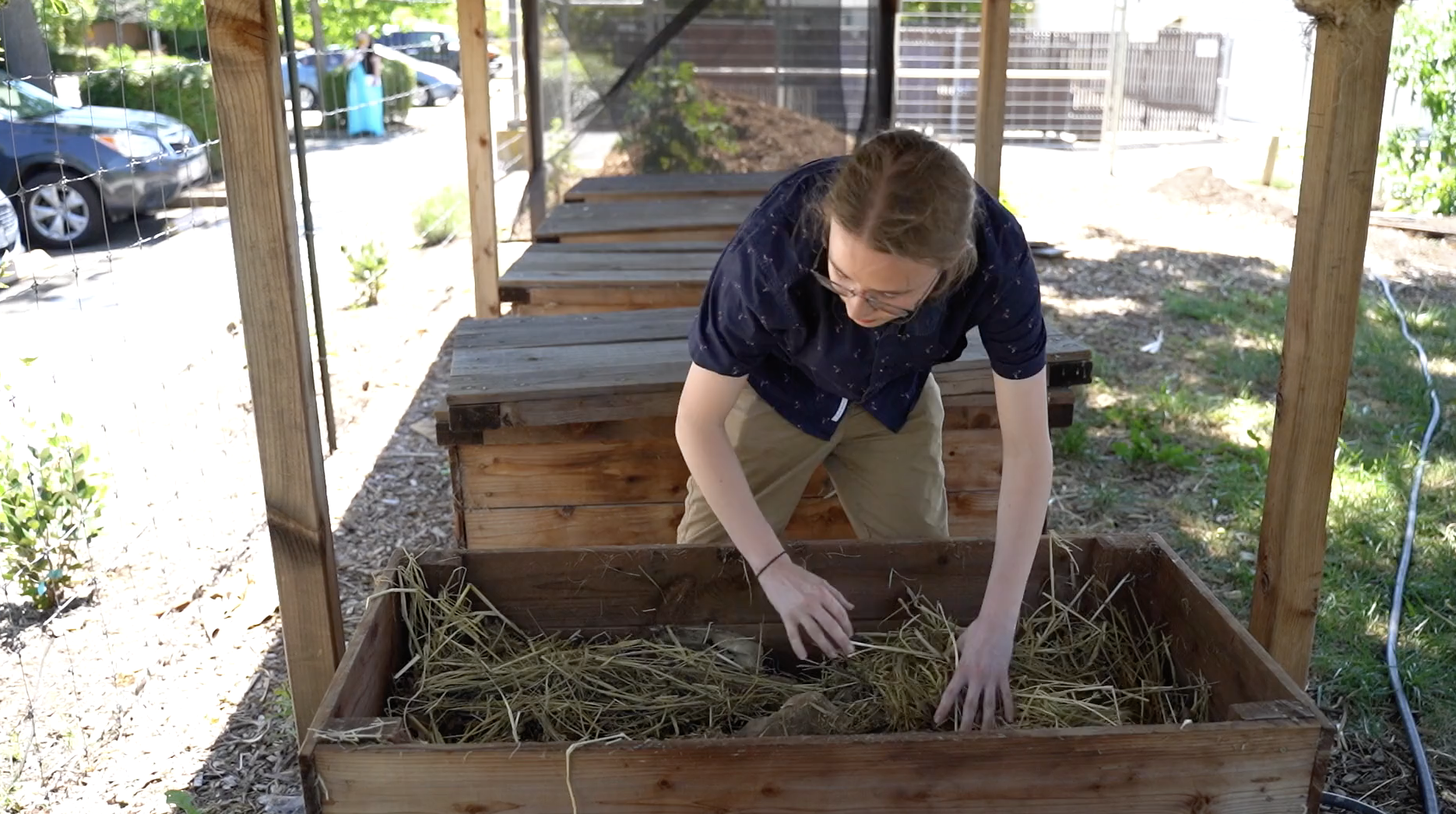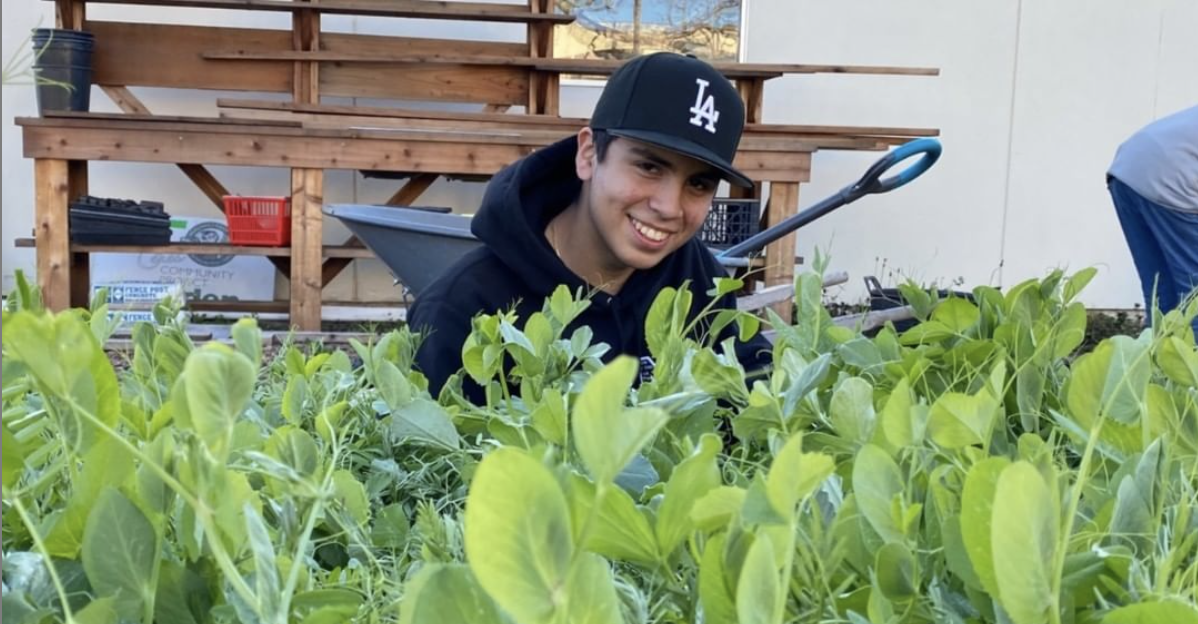On Earth Day We Celebrate the Soil Solution
Dear Friend,
Join Ceres' garden staff tomorrow for Earth Day. Sara McCamant and Joey Smith will give an inspiring presentation about soil health. You'll learn about the fascinating, vital, living ecosystem beneath your feet, and how you can help care for it. The call starts at 7:00pm. Register here. Read more below on what healthy soil means for reversing climate change.
Warmly,
Cathryn Couch
CEO & Founder
Climate change is endangering the future of the planet and will greatly impact health and hunger issues for the world—in some cases, it already is. Because of our mission at Ceres to create health for people, communities, and the planet through love, healing food, and empowering the next generation, we prioritize work around climate change, organic agriculture, and soil health as a part of a healthy food system. Climate change is already having a major impact on the health of both people and the planet. It is time for us to take collective action to change course.
As our world looks for solutions to climate change, we believe it’s vital to recognize the importance of soil and its role in the carbon cycle. Caring for healthy soil is not only a good step in growing more nutritious food, but also for reversing climate change.
Climate change can be described in part as an out-of-balance carbon cycle. We aren’t producing more carbon; we’ve just changed where it is. We used to have stable carbon in our soils—deep below the surface as fossil fuels and as a part of healthy, fertile soil closer to the surface. Between the burning of fossil fuels, the growth of industrialized agriculture, and deforestation, we have moved carbon from the soil and plants into the air as one of the greenhouse gases that cause climate change. Today, our agricultural soils have lost 50-70% of their original carbon content. (1) Soil can store vast amounts of carbon—even more than the world’s forests and atmosphere combined. (2) To rebalance the carbon cycle, we must focus on getting carbon back into the ground.
In 2015, France proposed to the Paris Climate accord a “4 per 1000” initiative, designed to demonstrate that agriculture and soil play a crucial role that affects climate change and food security. Increasing global annual growth of soil carbon by .4% can offset a year’s worth of greenhouse emissions. (3) A .4% increase additionally results in more fertile soils better equipped to deal with the effects of climate change.
Ceres' teen covering worm bins with straw at the Santa Rosa Garden. This is one of the ways we make compost in our gardens. (Image taken prior to covid-19.)
So how do we do increase soil carbon? These main principles increase soil carbon- drawing it down from the atmosphere and keeping it in the ground. Any farmer or gardener can incorporate them into their practices:
Reduce the amount of times soil is turned over (tillage)
Reduce the use of agricultural chemicals such as herbicides, pesticides, and fertilizers
Increase plant coverage by planting cover crops, hedgerows and trees
Keep soil covered as much as possible with mulch or plants
Make and use compost
Each of these principles support rebuilding and holding more carbon in our soils, which will also make our foods more nutritious and reduce the carbon we are putting into the atmosphere. We practice these principles in Ceres gardens and are committed to promoting healthy soil and organic agriculture whenever we can, because without healthy soil, we can’t provide healthy meals to our clients or ensure a healthy world for future generations.
Youth volunteer Antonio at the Santa Rosa garden, with crop covers vetch, fava beans and ground peas. They are used to suppress weeds, help build soil fertility and quality, control diseases and promote biodiversity. (Image taken prior to covid-19.)
What You Can Do
Register here for our Earth Day class with Ceres' staff Sara and Joey.
Convert your home garden to a carbon sink—an environment that sequesters carbon from the atmosphere and stores it in soil. Here’s how.
Watch this short video to learn more: The Soil Solution- Kiss the Ground
Learn about California Department of Food and Agriculture’s Healthy Soils Program, support efforts to increase funding for healthy soils and transitioning more farms to regenerative practices.





